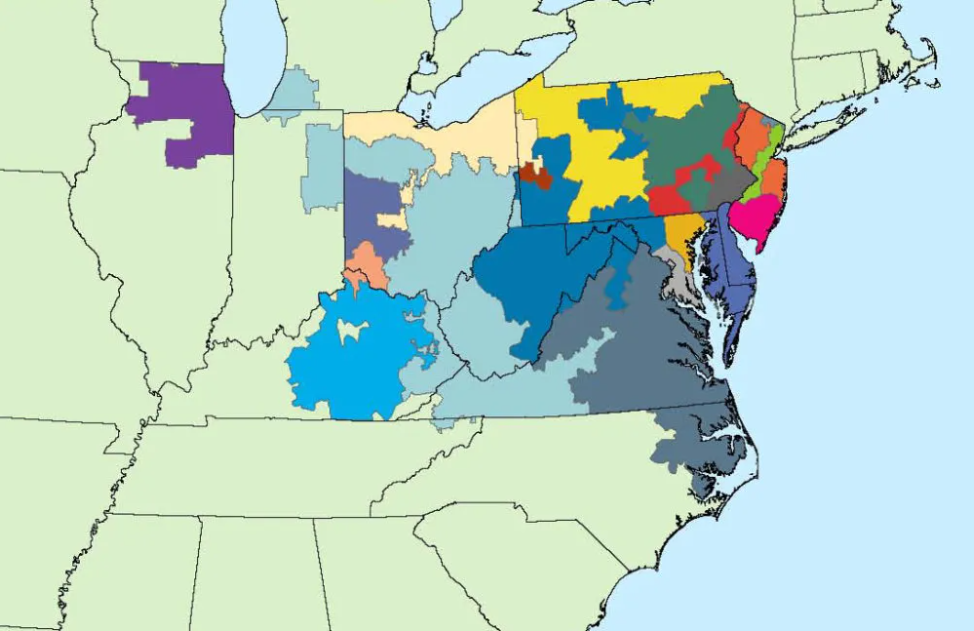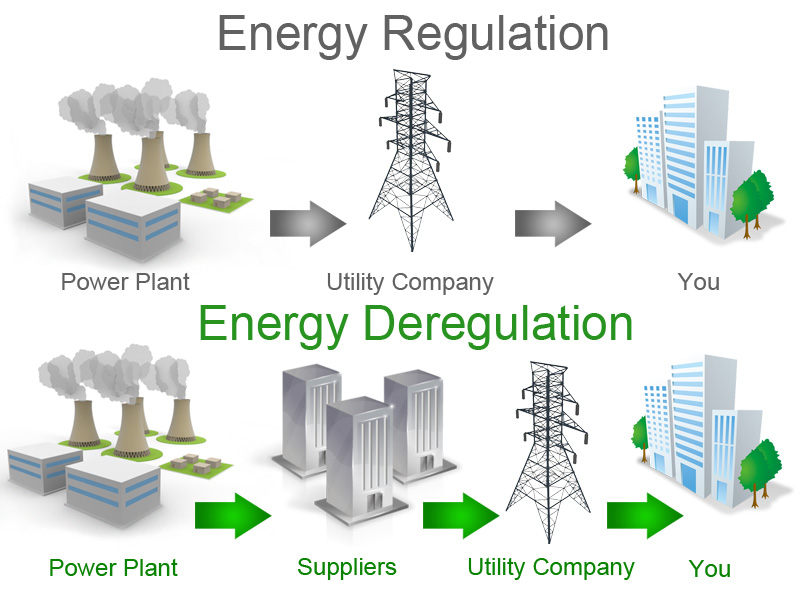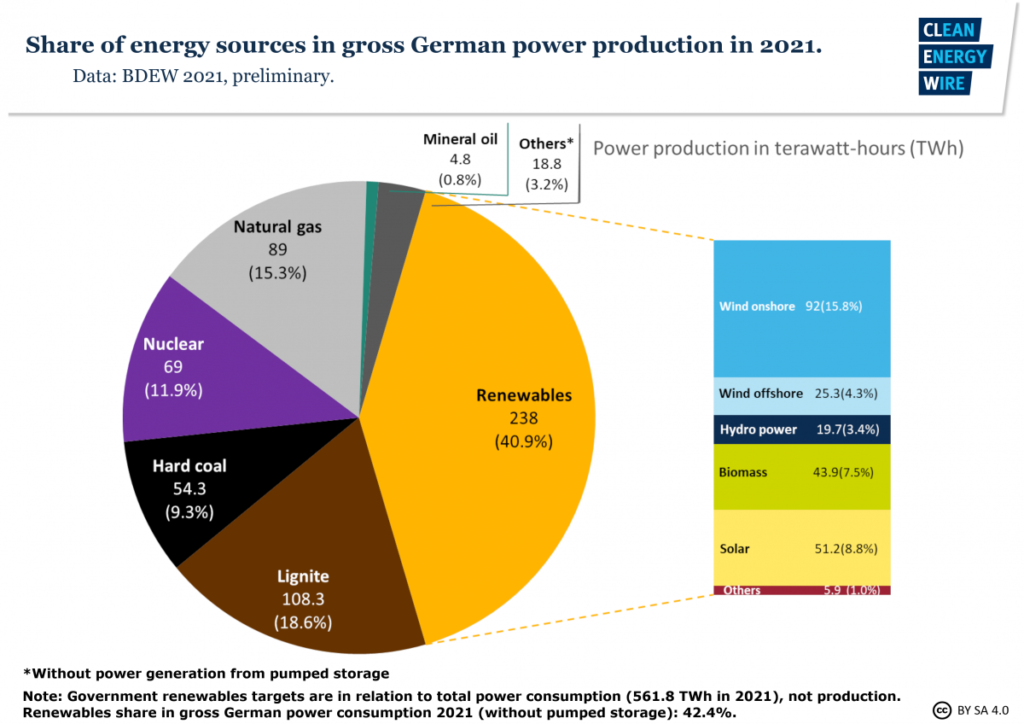Part 1 – A Long-Awaited Decision
I feel the need to start this post with a heavy disclaimer – or a series of them – since this is such a heavy topic. I state clearly on the welcome page of this blog that I am not an expert. I am passionate about every topic I cover here and try to back up my positions with some level of authority, whether from a trusted outside source, my own experience, or some combination thereof.
I am not an authority on energy, but I started studying international energy markets in grad school and gained an intimate knowledge of our own 13-state grid interconnection in my first job after that.
I am not an expert on international affairs, but based on energy grid decisions made by several world powers in recent years, I think that some of Putin’s recent actions were predictable, if not inevitable.
I recognize the utter privilege I have by not having to become an expert through lived experience and being able to turn off the news when I need to for the sake of my own mental health.
Given all of that, I always welcome additional information or perspectives outside what I provide here, if offered respectfully.
I also recognize that this post may be a little more opinionated (and emotionally charged) than the usual fare on this site. For the second week in a row, I am writing about a topic that is close enough to my day job that I need to state clearly that all content on this site is a work of my own and does not represent the positions of my company.

Image credit: [1]
Third-Party Electricity Suppliers
Three years ago, when I first started this blog, my second and third posts ever were about third-party electricity suppliers.[2] Responsible resource use was a very important topic to me – and still is. At the time, I was well on my way into a career in energy efficiency, with experience in both the commercial and residential sectors, and with local EDCs (electricity distribution companies) as clients at my first two career jobs. At this early stage of my blog, I didn’t need to spend a whole lot of time researching a new subject because I was focusing largely on the topics I already knew fairly well. At least, I didn’t need to do a lot of research to explain how the deregulated electricity market worked (hence the dearth of references at the bottom of those early posts).
I was very excited about the prospect of changing our provider to support renewable electricity generation, but I thought it would take some doing to get buy-in from Christian. As it turned out, he was on board rather quickly and just wanted to be able to make an informed decision, as did I. I took a week or two to sort through the complete list of companies on papowerswitch.com, breaking down attributes on each one, e.g. the source of energy used, contract term lengths, and prices. Of course these details would change in very short order – particularly the price per kilowatt-hour – but that wasn’t an issue because we were going to make a quick decision. Or at least that was the plan.
Three years later, a.k.a. present day, we had not yet made a choice. We had narrowed it down to three candidates almost immediately, but I lost steam pretty quickly when trying to reach out to them for additional information. It turned out to be incredibly hard to get answers out of sales representatives who weren’t used to fielding the types of questions I was asking. I put in requests for information and intended to follow up, but there were so many other things demanding my attention – my day job, other blog posts, other hobbies, etc. – that what had once been a source of excitement for me became just one more task clogging up my to-do list.

Image credit: [3]
The longer the process dragged out, the more I was plagued with guilt. My only consolation was the knowledge that my two-parter on the third-party market (and the accompanying spreadsheet) had helped a couple friends decide to switch to renewable electricity providers. I told myself that that had at least offset my laziness in some small amount.
I have regularly chided myself since then and reminded myself that switching electricity providers was something that aligned with my values – for multiple reasons. I want to help reduce my contributions to global warming by limiting my reliance on fossil fuels, and I want to support a clean energy transition, particularly here in Pennsylvania, which has been home to generations of people impacted by extractive industries. The thing that brought this issue back with renewed urgency was Russia’s invasion of Ukraine and the resulting partisan warfare ramping up here at home, particularly the rhetoric that we need to be pushing domestic fossil fuel production to limit our (and our allies’) reliance on Russian oil and gas. The last thing I wanted to do was continue to prop up the fossil fuel industry while our reliance on it was being used as a method of control.
Transitioning Energy Markets
The last time I did any serious research into international energy markets was two years ago when I was writing my “I <3 Fukushima” series.[4] As part of this series, I was examining Germany’s grid mix, since many of the people we talked to in Fukushima about Japan’s options for energy generation pointed to Germany as the poster child for greening the grid. In the wake of the disaster at Fukushima Daiichi, Angela Merkel reaffirmed Germany’s goal to take all of their nuclear generation offline by the end of 2022 – they are still on track with that timeline.[5] The country had also decided to sunset their coal-based generation and transition to renewable energy, closing the last of their black coal mines in 2018.

Image credit: [6]
When I was writing that post in 2020, the outlook for Germany’s grid was that with coal and nuclear coming offline in the same timeframe, they would need to replace over 20% of their generation capacity – and do so quickly – but predictions for filling that gap with renewables were not optimistic. Germany is a huge energy exporter to the EU, and any shortfalls in their generation with respect to demand would impact not only Germany but other countries that rely on their energy, such as Austria, Switzerland, Poland, and the Netherlands. The following is a quote from my 2020 post: “Any supply gaps will need to be offset by either purchasing electricity from other countries (like nuclear-heavy France) or by importing fossil fuels, such as oil from the Middle East or LNG from Russia or the US.”[7]
I don’t mean to pick on Germany specifically, but since the country supplies just over 20% of the EU’s energy [8] and chose to divest from coal and nuclear at the same time, they make for an easy target. If Germany’s energy supply falls short of demand, they need to import fuel to meet their needs. The bulk of energy imports are likely to be in the form of fossil fuels, such as coal, oil, and liquid natural gas (LNG). Current projections say that Germany’s reliance on fossil fuels (specifically coal and natural gas) for electricity generation in 2022 could increase to as high as 44% of their grid mix, trending up from 39% in 2021 and 37% in 2020.[9] If Germany needs LNG imports, it can turn the US, but the chances of fossil gas supply from the US drop with a democratic administration at the helm,[10] meaning greater dependence on supply from Russia.
Obviously there are people far more qualified than myself to be speaking on the subject of what goes on in Putin’s mind and his perceptions of the role of energy resources in supporting his power play, but I would be lying if I said I didn’t have an opinion. That opinion includes the idea that Putin was very likely waiting for this situation (or one like it) to take advantage of, empowered by Europe’s increased reliance on Russia’s fossil fuels (impacted by Germany’s ambitious energy transition) and an anticipated decrease in supply from the US (with a democratic administration likely curtailing fossil development in favor of renewables).
~
Having set up the subject, we will continue next week with the concept of energy independence and ways to achieve it.
Thank you for reading.
[2] https://radicalmoderate.online/third-party-electricity-suppliers-part-1/
[3] https://usgasandenergy.com/Home/Deregulation
[4] https://radicalmoderate.online/i-heart-fukushima-part-1/
[6] https://www.cleanenergywire.org/factsheets/germanys-energy-consumption-and-power-mix-charts
[7] https://radicalmoderate.online/i-heart-fukushima-part-7/
0 Comments